Fight! Fight! Fight! Why Some House Styles Are Better Than Others
On Marvel, Wes Anderson, and conflict on the screen
Ahoy there to the new subscribers who've hopped aboard since my last post, on why we should all be watching more silent movies. Today, I unpack whether 'house style' is always a bad thing (spoiler: it isn't). To do so, we enlist a new guru into the Rough Cuts Canon...
These essays take time. I want to keep them free for now, but if you've enjoyed my work and would like to support it, I've added a Buy Me a Coffee link to the end of this post. I enjoy writing in coffee shops, so you would quite literally be fuelling my next piece! Marvel recently dropped a trailer for their upcoming superhero flick Thunderbolts* (yes, the asterisk is part of the title) that brazenly apes the neon-cool aesthetic of the indie studio A24.
Some have murmured that the whole affair indicts not Marvel (too easy nowadays!), but A24 itself. Doesn’t this mean that A24 has a predictable, packageable house style, just like Marvel or Netflix, the supposed villains of the Great Cinematic Wars?
Well… no. As argued by David Ehrlich here, A24’s films vary widely (The Brutalist, for example, feels nothing like Heretic). All this tells us is that A24’s savvy marketing is easy to imitate.
But it got me thinking. If A24 did have a house style, why would this be a problem?
The obvious answer is that movies are supposed to be perfectly formed, self-contained ecosystems and a house style means they end up looking and feeling the same. They become a homogenous mush of widgets on a screen.
But hold on. How and why is this different from, for example, the clear stylistic similarities in Wes Anderson’s work? Or David Cronenberg’s? Or Hayao Miyazaki’s? Or Wong Kar Wai’s? Or Tim Burton’s? Or Guillermo Del Toro’s? Or Sofia Coppola’s?
You can at least make the case that each of the above directors has a house style of sorts: an identifiable tone, palette and rhythm that marks their films out as distinctly ‘theirs.’ But few people argue their films are interchangeable or, heaven forbid, ‘content.’
Clearly, not all house styles are born equal. So what’s going on here?
Now, one argument is simply that it comes down to directorial intent. Marvel/Netflix house style is “bad” because it’s imposed by a studio (naughty!) on our noble artist, the director. But then, why is it OK for Wes Anderson’s films to have a certain look and feel, and not for Kevin Feige’s (the closest thing Marvel has to an auteur)? Isn’t Feige asserting his authorial stamp on the franchise?
Maybe I’m massively overcomplicating something that is, in fact, abundantly simple. Marvel’s house style is ugly, and the others I’ve mentioned are memorable. So it just comes down to taste. Sofia Coppola’s movies look good, Marvel films look bad, simple as. Next topic, please.
That feels broadly true, but it’s also a bit of a dead end… surely we can do better?
Luckily, a 127-year-old legendary Russian filmmaker is here to ride to our rescue.
It’s fair to say that Sergei Eisenstein’s essays can be a little… obtuse. If you can figure out what the following means, kudos to you, because I don’t have a f*cking clue:
Beneath the word salad, though, is one of cinema’s most influential ideas. For Eisenstein, a movie’s power comes from the collision of different visual elements. He calls this “montage” (no, not that kind).
The secret sauce of Eisenstein’s “montage” theory is conflict. Not people whacking each other over the head with big sticks, but a clash between visual components that collide to create something new.
This conflict can happen between shots: two images placed together forming a third, ‘new’ meaning that neither had in isolation. So, for example, Lawrence of Arabia’s legendary “match cut” from here:
To here:

Or it could be conflict within the frame, for example, the collision of darkness and light:
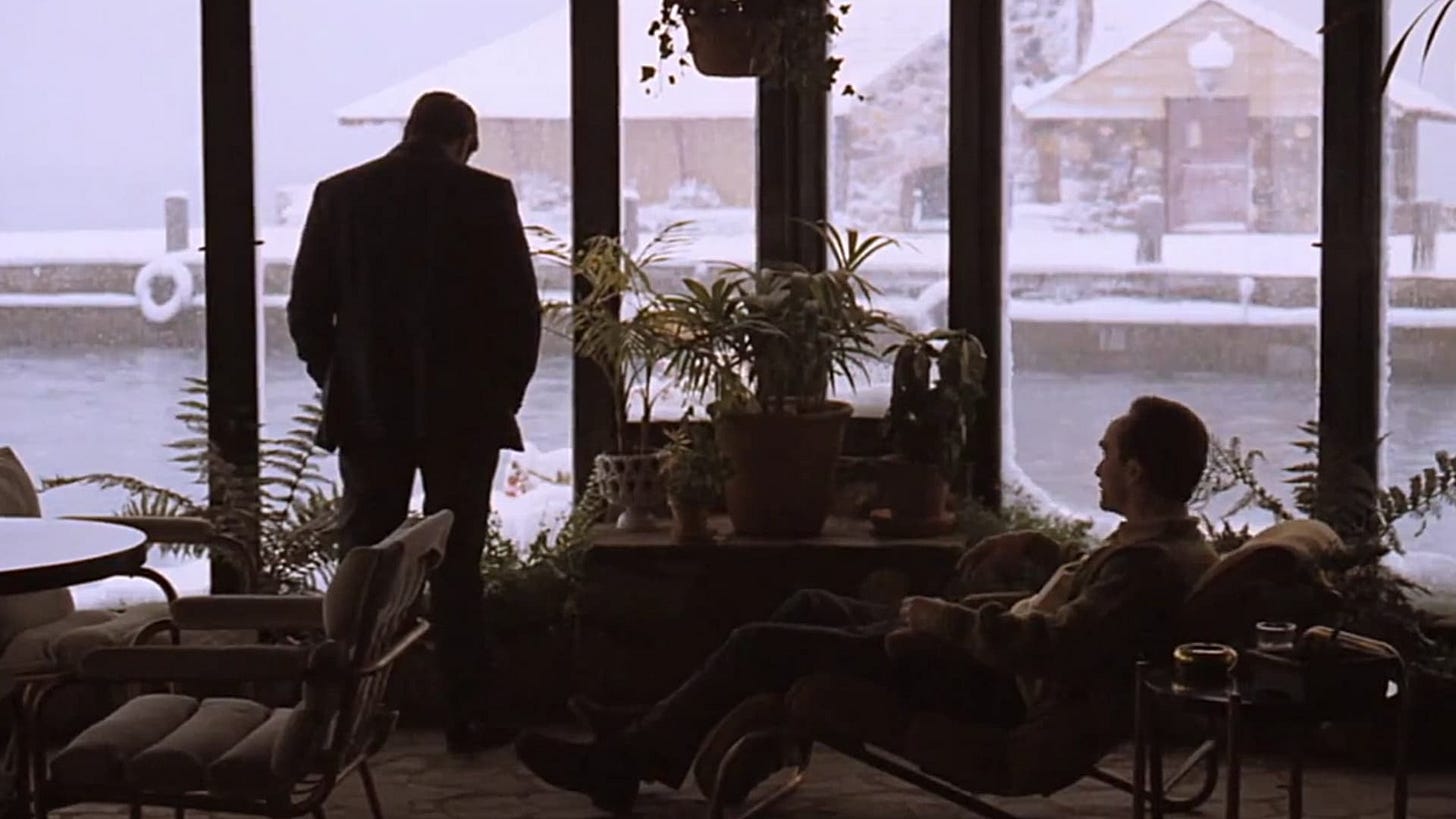
Or the collision of depths:
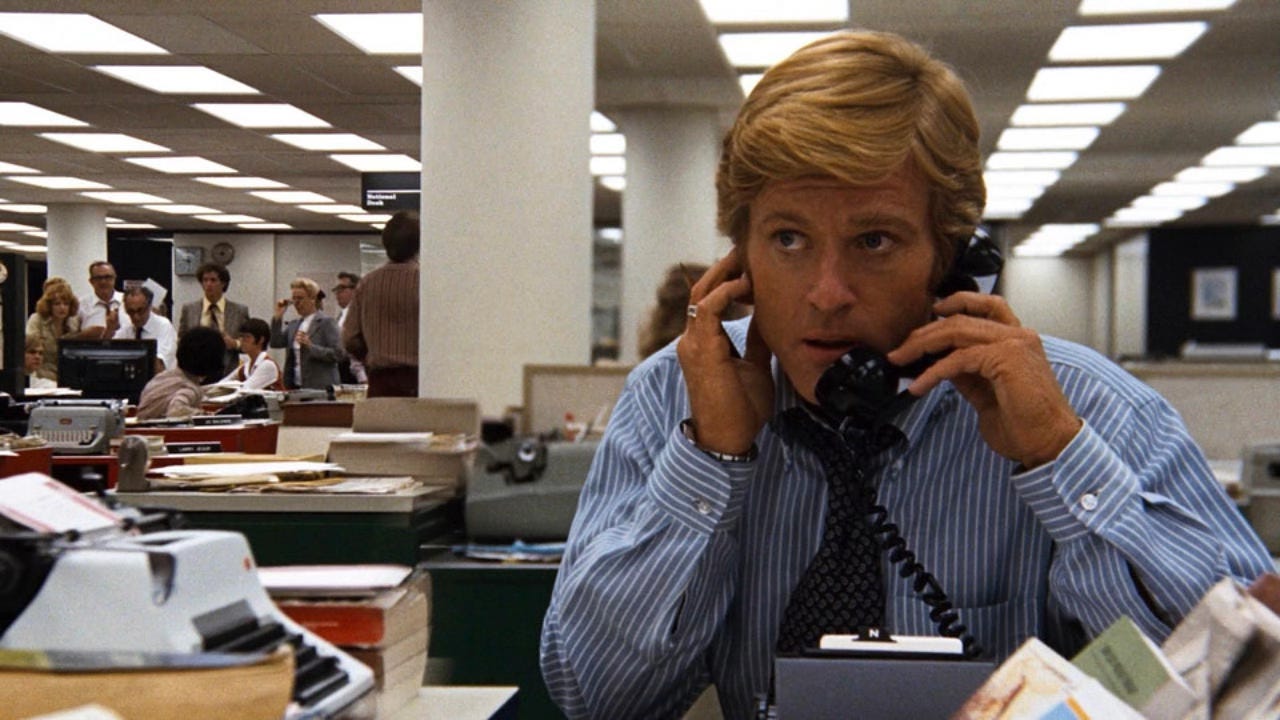
There are all kinds of other examples, but let’s stay on track. Eisenstein’s key point is that conflict, friction, is the “internal combustion energy” of cinema. Collisions within and between frames constitute mini-explosions “driving forward the total film.” Visual conflict gives cinema its vitality.
So, what does this have to do with house style?
Remember how I said that the aesthetic argument — “this style looks better” — felt right but was a bit of a dead end? Eisenstein gets us back on track. Though the directors I listed above are (broadly) stylistically consistent, visually, their films are alive with friction.
Despite Wes Anderson’s highly controlled aesthetic, few would argue that his films feel as interchangeable as Netflix’s. Eisenstein helps us understand why. Anderson’s stylistic preferences frame, rather than flatten, the hundreds of tiny collisions taking place on the screen.
Take this frame from The Royal Tenenbaums (2001). It bears many of Anderson’s hallmarks (centred composition, pastel colours, etc) but remains lively and dynamic:
There are multiple layers of conflict at work here: spatial tension between Chas’ assistant in the background, Chas in the centre, and the computer in the foreground. Chas’ visual imprisonment, hemmed in by technology. The explosion of his red tracksuit against the neutral office tones.
Then there are the shots surrounding it:
Notice how, even with consistent visual language, meaningful collisions emerge between these frames, revealing insights about the characters (this video digs into this in more detail). The Anderson house style heightens the visual contradictions within and between frames.
Now, look at the following examples from the MCU. Where’s the friction? The tension in lighting, depth or spatial composition?
In each case, the lighting is dull, flat and muddy.1 The backgrounds are empty. There is nothing to look at except the main characters — no friction, no contradictions, no tension. What ideas are being presented here?
So, I’ve spent nearly 1000 words arguing something you already knew: the films of our beloved auteurs look better than those of our major corporations. Wow!
But, under the hood, there is something more interesting going on. House style isn’t a bad thing in and of itself. The real danger is a style designed to eliminate friction rather than to frame it, to make films that slip down the gullet so effortlessly we can barely remember tasting them.
If you enjoyed reading this article and would like to support my work, please consider buying me a “coffee” to help fuel my next piece.
If you didn’t enjoy it… what are you still doing here? Go outside!
Patrick Willems has a good video on this.



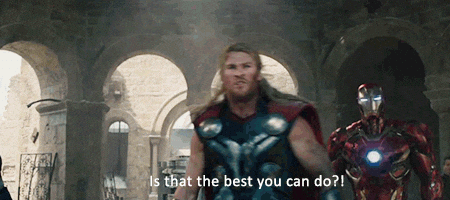

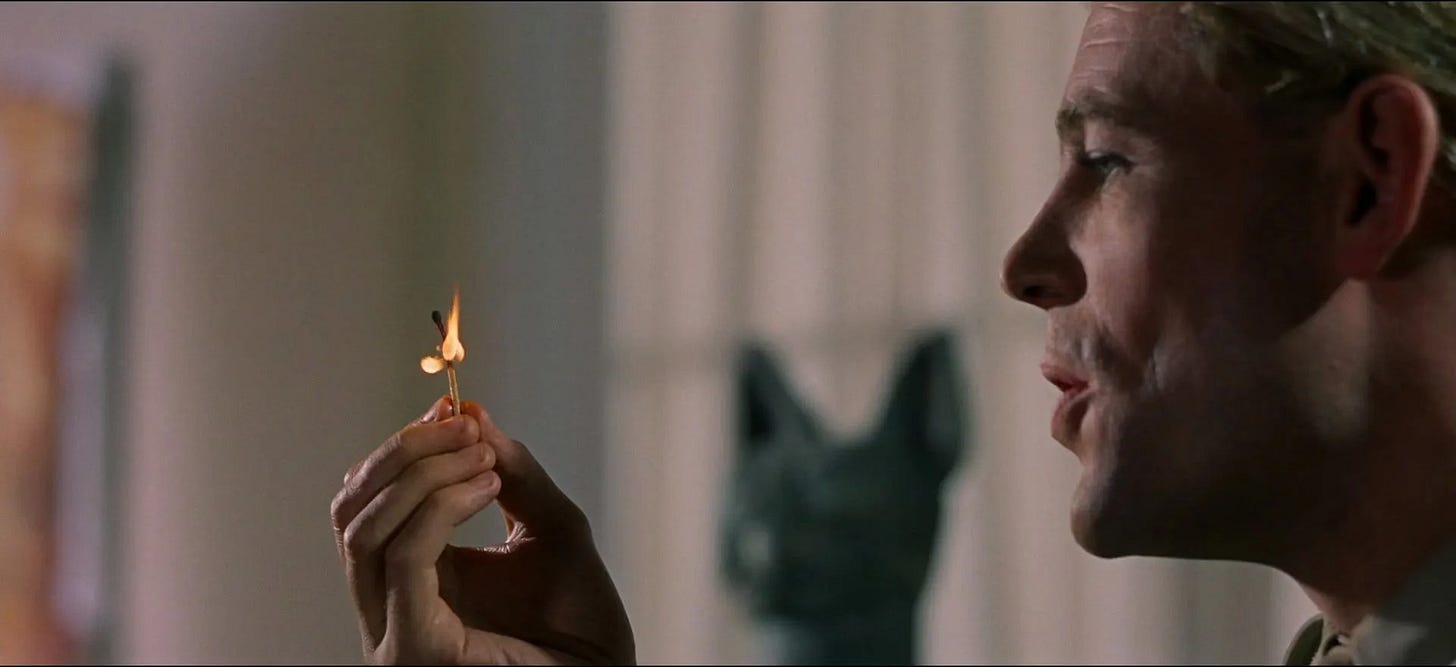
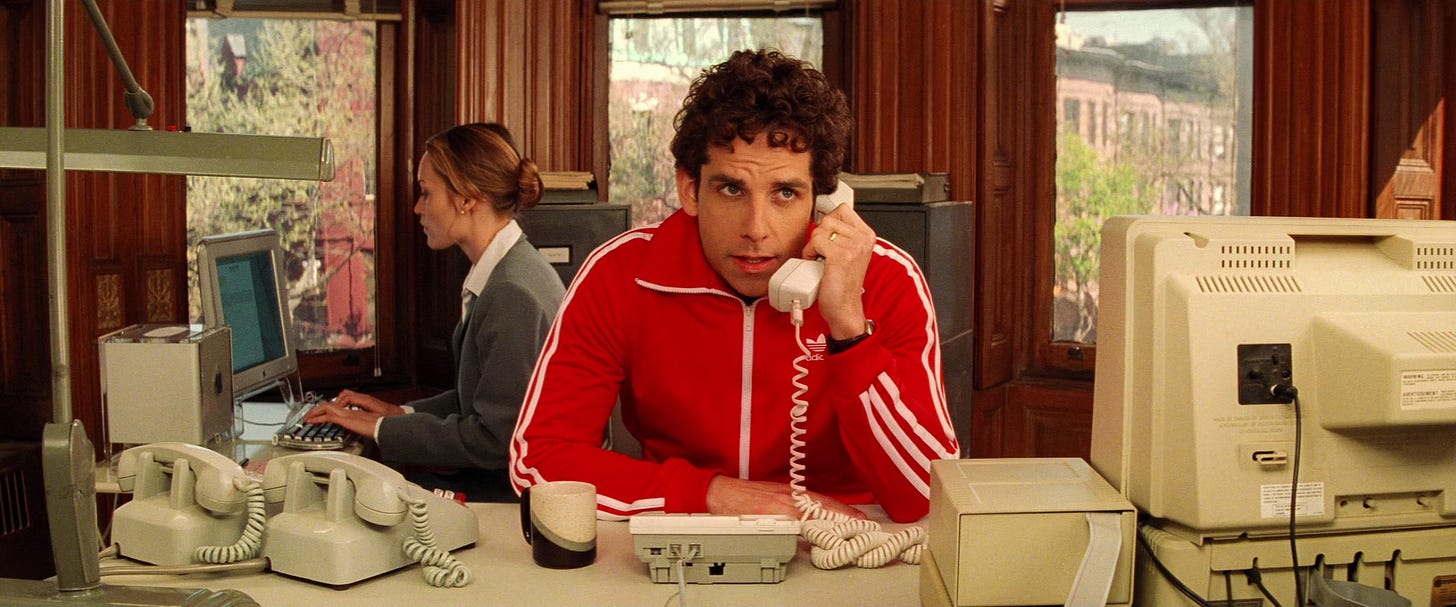
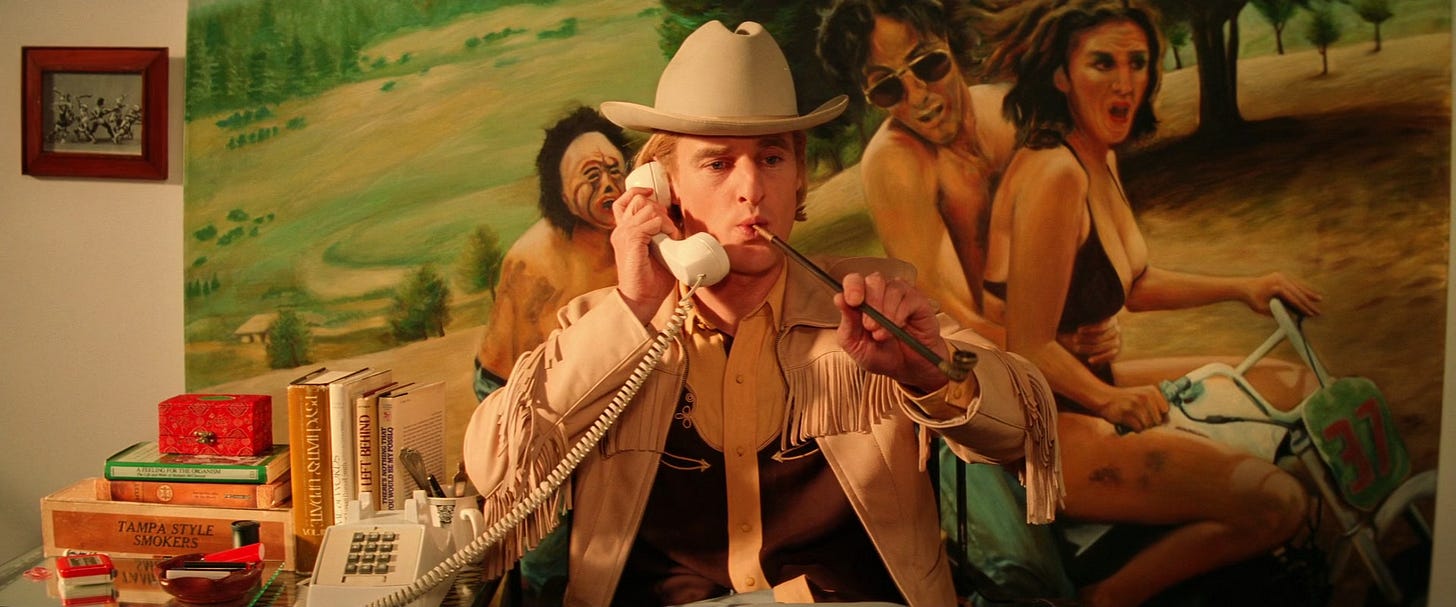



I’m not going to be able to stop looking for this visual friction when I watch films now. This is such an interesting heuristic for teaching oneself about cinematic style. It's also got me wondering if there's an analogous function in literature...
Really enjoyable read.